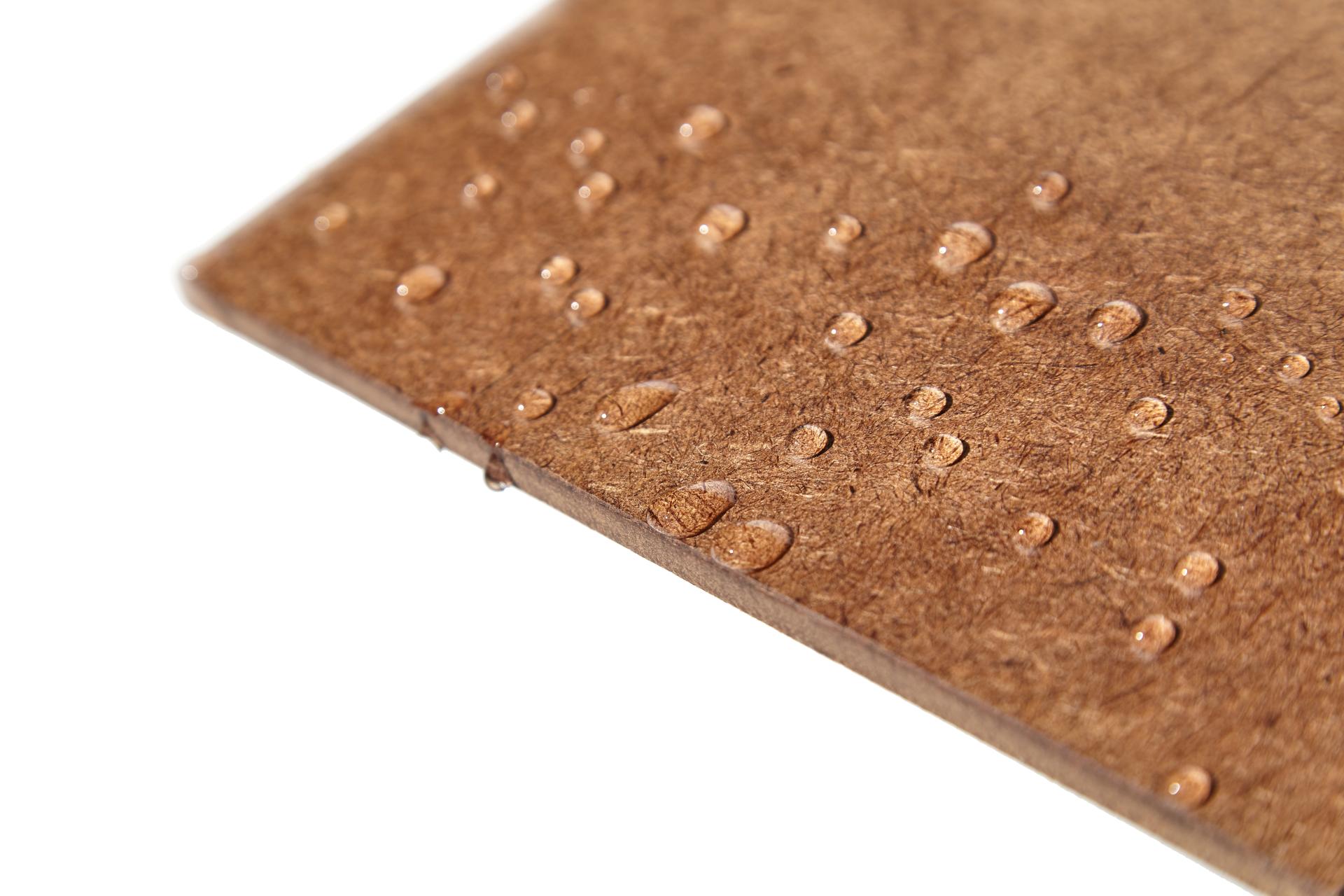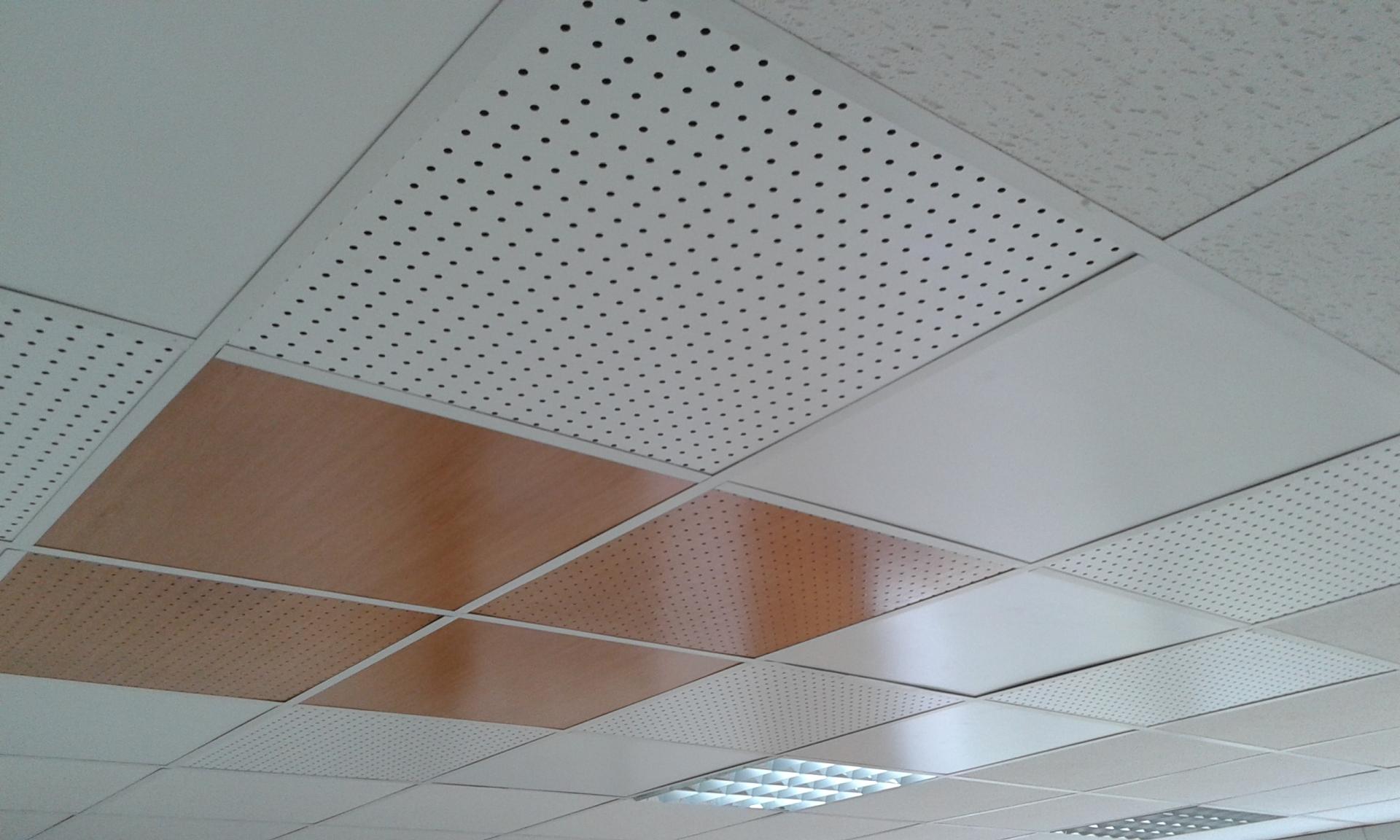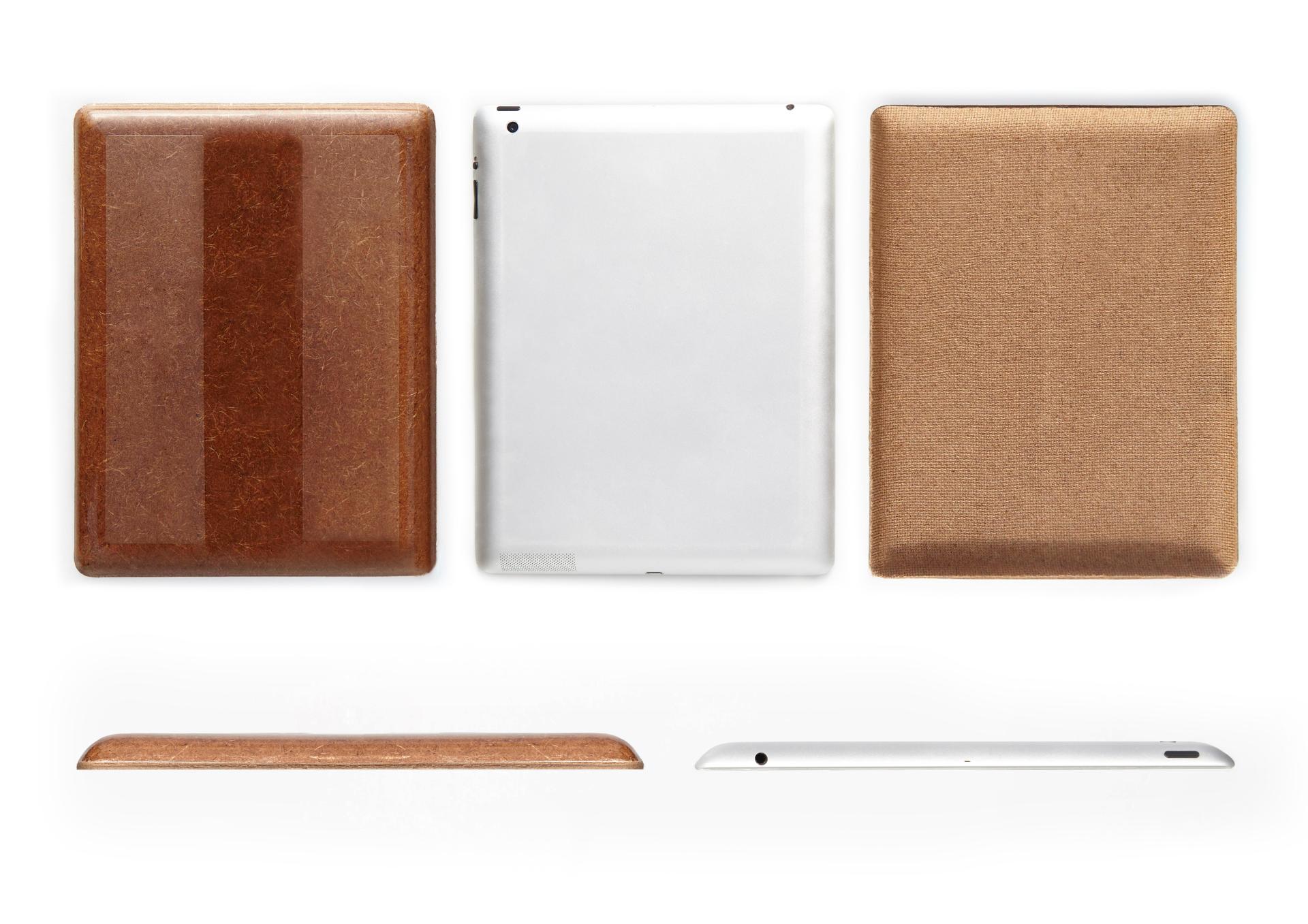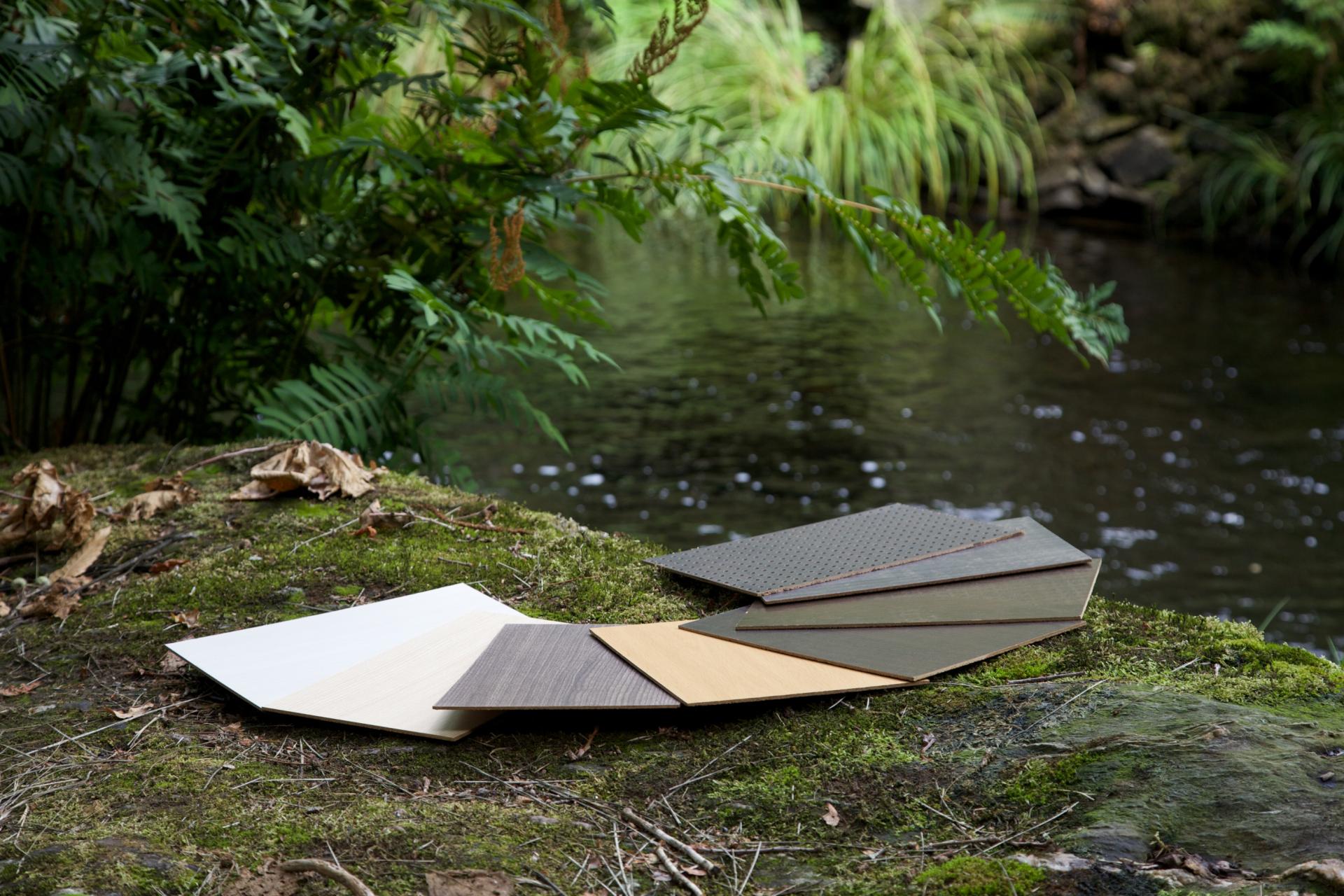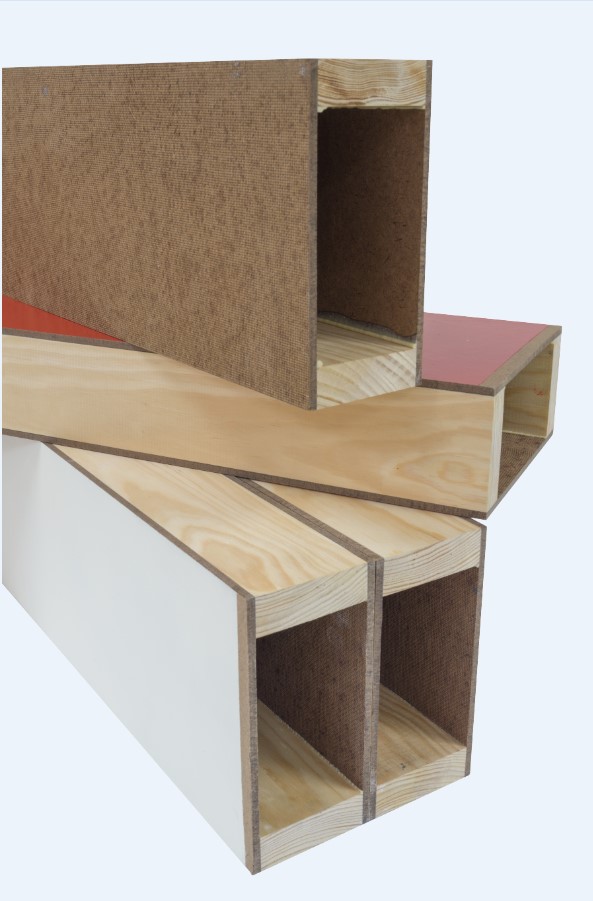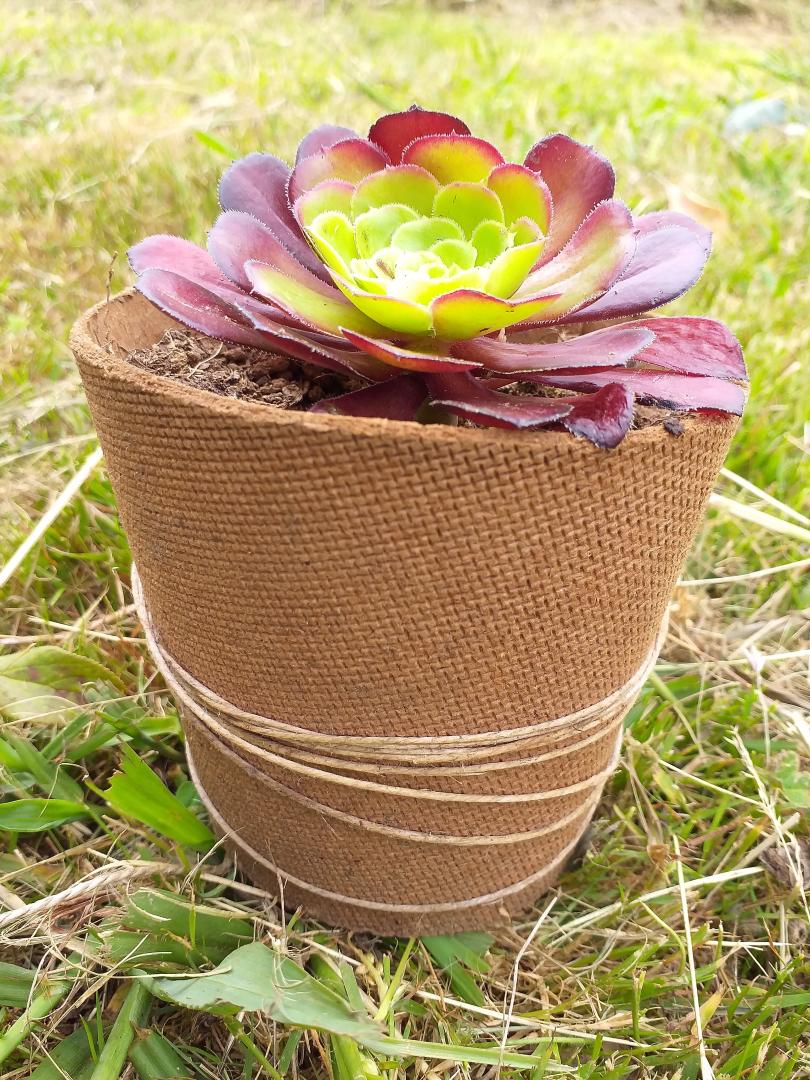SWITCH TO HARDBOARD
Basic information
Project Title
Full project title
Category
Project Description
Hardboard is a fully plant-based material made from forestry industry rejects. It has high mechanical and sensory performance, able to replace most of the materials used in everyday life as plastics or concrete. It is less energy and chemical-intensive than other materials such as paper or cardboard. It is durable, healthy, accessible, easily workable, and stores carbon all along its lifetime.
This project is about improving our world by promoting hardboard so that it can switch other material.
Project Region
EU Programme or fund
Description of the project
Summary
Hardboard is a long-existing product, a healthy and sustainable material.
In the 1980s, it was a material used for everything, but it was substituted for less natural and more carbon-intensive products later. So, hardboard was pushed for less-value uses such as single-use packaging.
Aware of its potential to reach climate targets, and with the aim of providing solutions, we promoted "switch to hardboard" as a general-purpose material, instead of oil-reliant and chemical-intensive materials, in order to recover their benefits for all the society.
For getting it, we followed carefully the policies and market trends, analyzed the commodities state-of-the-art, and done a lot of communication.
We analyzed the hardboard against the new requirements, and strengths and weaknesses were identified. We set an adequate strategy of communication for promoting the switching.
The use of high-quality, sustainable, and durable materials is creating a new vision of respectful consumption, reclaiming the values of durable and nature-respectful products.
The promotion of hardboard has led to putting into the market more aesthetics, accessible, and sustainable new solutions made from wood. This involves both rural economy enhancement and CO2 capture with fewer resources, creating a better world for all.
Key objectives for sustainability
The key objective is to achieve a more sustainable world by disclosing environmental hardboard benefits. Promoting sustainable materials has changed the way of thinking of some people along the supply chain, from forester to designers, architects, or end-users, as they have understood that sustainability is feasible, and each step is an advance towards a better world.
Knowing all the sustainability aspects from hardboard teaches users aspects such as how to choose a material, taking into account the origin which comes from, the circularity of the raw material and waste generated, renewability, demand for resources, or durability, as well as the impact of their decisions. Usually, only a switch to some of these aspects was considered good enough.
In the case of hardboard, the raw material is any type of wood, which is abundant, renewable, and local. It is made from forestry rejects (bark, branches, low diameter trunks), being a non-competitive, but complementary, activity for other uses of forest plantations.
Hardboard production involves rural areas and adds value to the forestry sector, as factories are located near the plantations. It uses biomass for energy in its process and no significant wastes are produced. All the water generated in the production process, from wood, is cleaned and wood extracts are recovered as a source of bioproducts, achieving circularity. Hardboard has FSC and PEFC chain of custody certification and the environmental management system is certified under ISO 14001. The use of wood promotes sustainable forest management and biodiversity. It is biodegradable.
Substituting hardboard for other materials results in less CO2 being emitted and a bigger carbon sink being created so, together, would result in much less CO2 in the atmosphere.
For all of this, promoting the switch to hardboard is sustainable and reduces emissions
Key objectives for aesthetics and quality
Design and creativity is a key for obtaining aesthetics goal. Since hardboard is a very easy-to-handle material, it is worked like natural wood, and non-special machinery is required. A board sheet is possible to be assembled into pieces, molded, turned, graved, or even rolled up for creating new products, and be painted or covered easily. Its smooth side provides a high quality for both digital printing and digital engraving, dyeing, or combined with other natural coatings because of its hardness and density.
Hardboard is a completely vegetal material, so, it is safe, warm, and provides a natural feeling. It is a very efficient resource: it is possible to use it to make a beam with much less wood than a traditional wooden beam, both because of its high strength and the fact that it is made from forestry rejects. All of this creates an experience of sustainability difficult to reach with other materials.
The raw board has a really smooth and soft, wood-colored surface, where the fibers can be seen, giving a really natural experience, much more pleasant than other industrialized materials. The smell of toasted biscuit and the warmth of its touch enhance the sensory experience.
Due to the biophilia, being surrounded by wood creates a feel-good sensation and some studies state that wood indoors reduces stress and improves health.
All of these qualities make easy customization and have invited to be used for creative new products, and even DIY. Designers have been able to see in it a material full of possibilities since usual industrialized materials do not provide texture nor a nature connection. When hardboard has invited the end-user to DIY, it has been achieved the participation in the creation of their own products. This has led to slow down consumption, and a more sustainable lifestyle.
Use of hardboard promotion has succeeded in awakening creativity and customization getting more aesthetic goods.
Key objectives for inclusion
Hardboard promotion has been made taking into account all the roleplayers along the chain, therefore, not only industrial users but end-users and forestry suppliers. Even though they are not who has to switch materials, explaining our project and what is the role they play in it has been really important for assuring their implication and support. Wood suppliers are key for hardboard and showing them what it is possible to get with theirs rejects have had a good impact, as they have felt pride like a part of a chain of valuable products.
To know that even wood extracts are got back to fertilize, animal feeding, or other agronomic uses increase their commitment to our project.
Promotion for switching other materials by hardboard has got hardboard to be present in DIY shopping centers because of its affordability and good properties. This allows it to be accessible for all people's backgrounds and support their use.
As it does not contains artificial glues, hardboard does not have added formaldehyde, nor harmful chemical, it has been considered as a healthy material, therefore, suitable for being in contact with disabled, elderly, pregnant, children, even multiple chemical sensitivity patients. Our promotion has led to the dissemination of information to increase the quality of life for these collective. Hardboard provides the wellness sensations of wood.
The development of new hardboard products flourishes economic development both in towns and cities since wood use promotes rural economy avoiding depopulation.
The use of materials with a negative carbon footprint, such as hardboard, contributes to the mitigation of climate change, making the world more inclusive for all.
Results in relation to category
Since hardboard is a sustainable, attractive, and inclusive material able for doing all kinds of everyday products, especially those related to decoration, furniture, and building, our project has achieved more sustainable final products made with hardboard instead of other materials. People who use it think that hardboard is pleasant, safe for people and the environment and that it contributes to improving our quality of life through appreciating natural materials as a mean of connecting with nature.
As a result of the durability of the products made with hardboard, it has slowed down consumption and therefore has contributed to a more sustainable lifestyle. Sustainability problem has to do with consumption increasing and with the use of non-sustainable resources, and hardboard is a solution that has an educational value, showing us that products can last a long time and promoting respectful consumption.
A lifestyle where you can participate in the creation of your own products, through accessible, renewable, and natural materials promotes creativity developing and more active life. And it increases the originality and attractively of the final products resulting.
Switch to hardboard mitigate climate change, and is safer and more affordable than others materials. Therefore, promoting it contribute to a sustainable, attractive, and inclusive lifestyle.
How Citizens benefit
When hardboard is used in developing countries, people buy one sheet, roll it up and take it home for improving their homes, in a cheap, easy to use way, achieving lasting improvement, for example, for protection from insects coming from vegetable roofs. Thinner thicknesses of hardboard can be cut with standard scissors, and it is easy to reuse. At the end of life, it has been used as fuel and it is biodegradable, avoiding contamination.
In the wood industry, hardboard products are very durable and high-quality because of their strength, moisture resistance, and safer than others. High-performance characteristics have led to a thickness reduction, therefore a price reduction at the final product.
Designers and architects think it is a different, innovative, and nature-connecting material, a good alternative to many others. After using it, they value natural materials more positively.
Hardboard products are always top quality and more durable, so they need fewer renovations, and therefore, its use has led to a reduction in resource consumption. It helps us to change the current throwaway mentality, shifting to long-lasting products. At the end of its lifetime, hardboard has been reintegrated into nature and has avoided hazardous waste generation.
Throughout its entire life, it has been a carbon sink and it has a negative carbon footprint, helping to slow down climate change.
Promoting the switch to hardboard has left the people involved with a sense of hope and a sense of responsibility for the products they buy. Having the right information about sustainable products is necessary to involve them in the project.
Innovative character
The promotion of old material to replace "modern" ones is an unusual project, as it seems to underline that we had made a mistake.
Hardboard is a very old product, previous to other boards like MDF, but it is an "everlasting product" with high intrinsic values, for which it never gets outdated. There was a time when high quality and durable products became not "update" and oil-derivates use was more practical. But a completely nature-based material always arouses admiration. After society realized the mistakes it has made in its choice of resources, not only because of the lack of continuity of supply and dependency relationships but health and environmental risks, the hardboard, relegated to niche markets, started to shine again. Although it seems that it is an ad-hoc product created to respond to the demand for healthy, sustainable, and bio-based products, it is authentic material.
Unlike the materials most commonly used today, hardboard meets all the qualities that we are now looking for products: it is made from local and renewable resources, which coming from the circular economy, it enhances the rural economy, it is a technology inspired by nature, where artificial chemicals are not involved, so it is healthy, biodegradable, low-energy consumer, low- waste generator, and negative carbon footprint. And it adds more: Durability due to its resistance despite its low thickness, low resources demand, great applicability, versatility, original texture and warmth of touch, several lifecycles, and the fact that it is valid for biomass at the end of its life. All of this, sinking carbon from the tree until the end of the lifetime.
Our project about promotion led to extend the use of hardboard to recover traditional values of respect to nature and product durability, for limiting other materials used. Sustainability engages everyone involved because everybody wants a better world.

